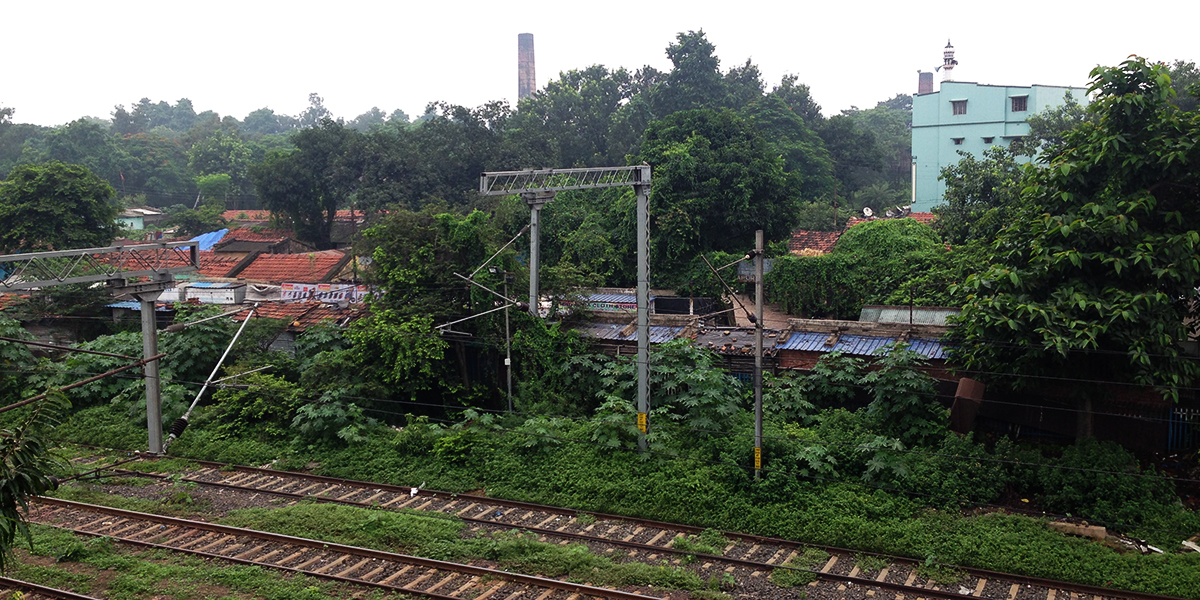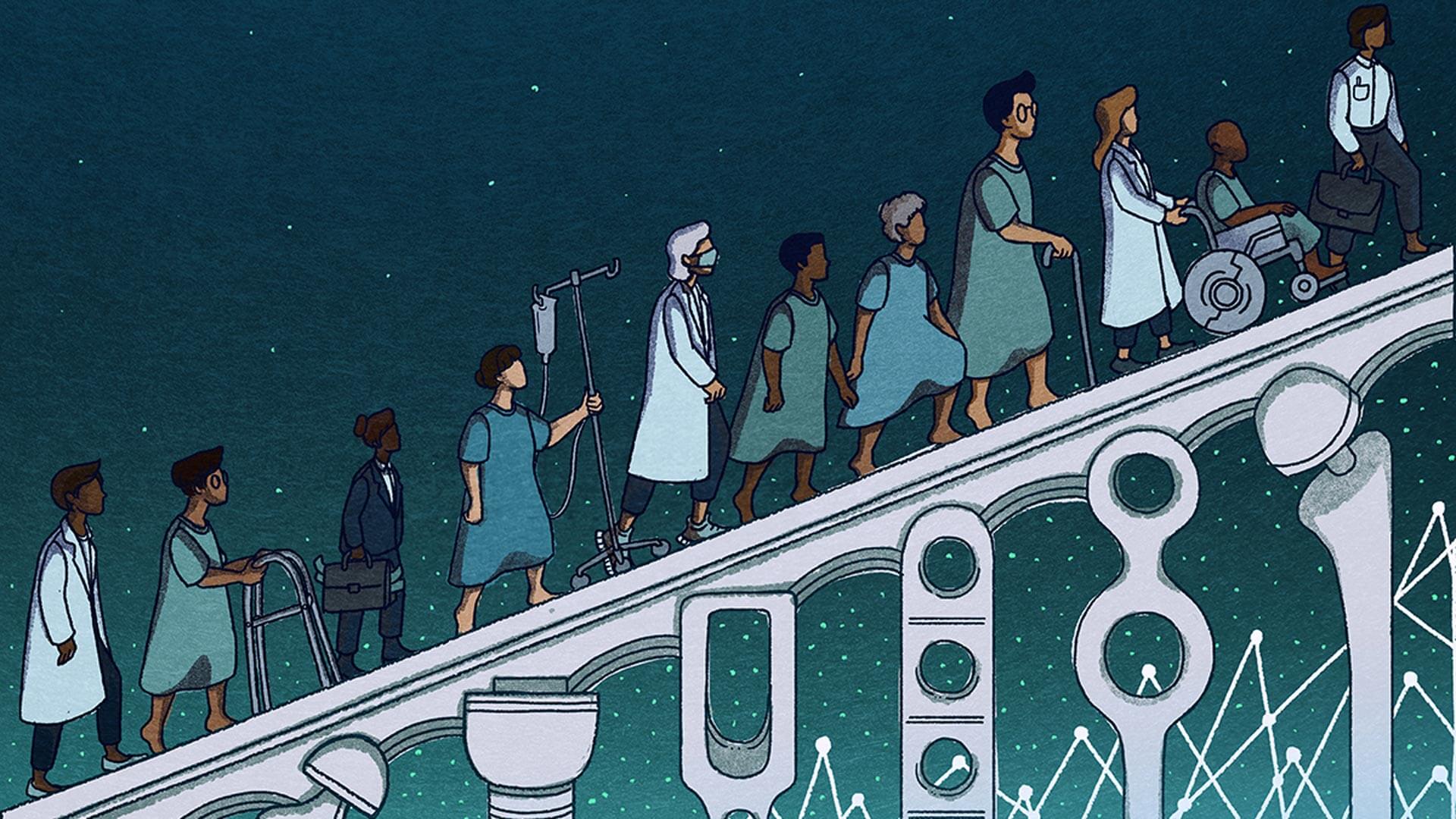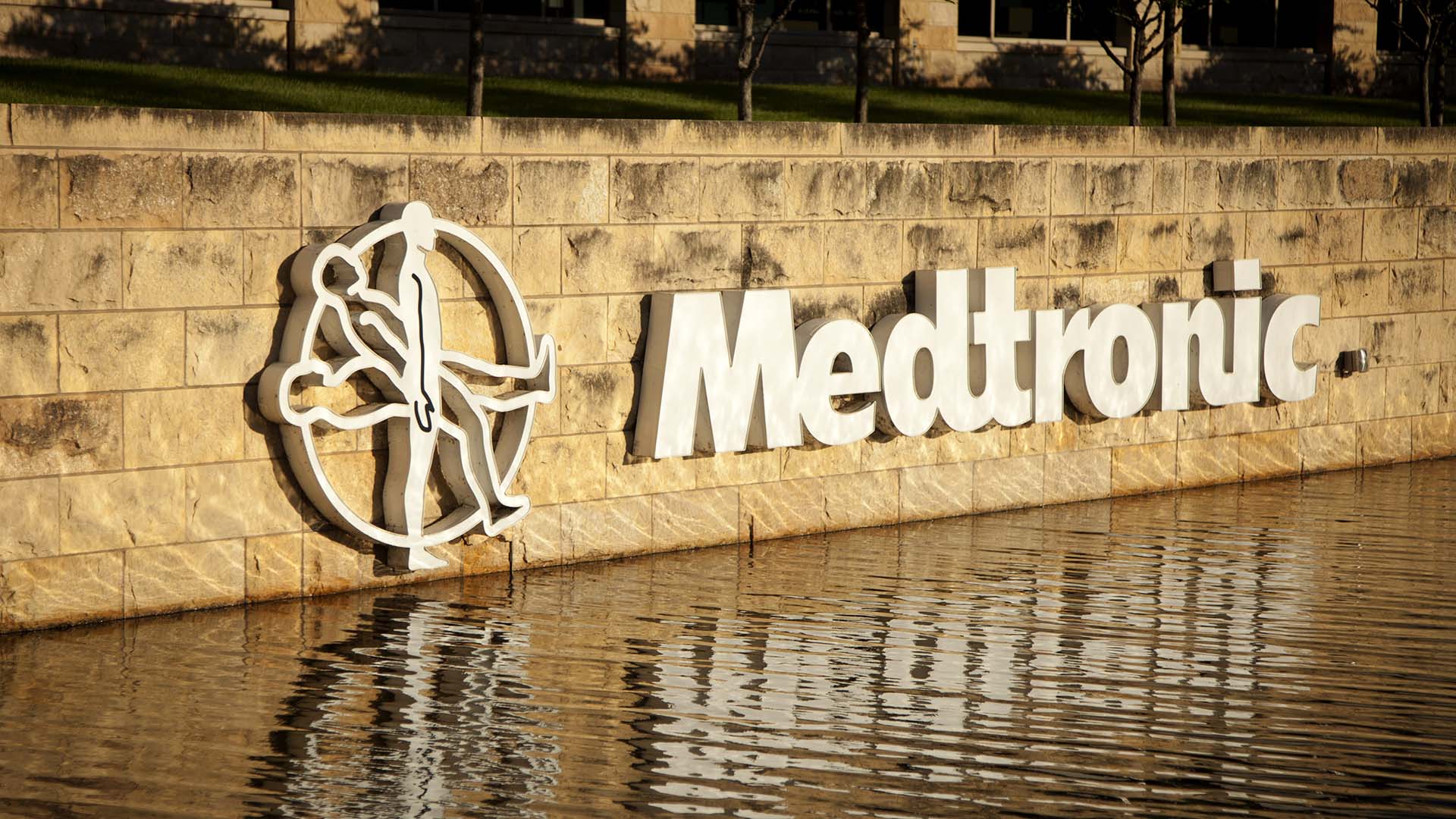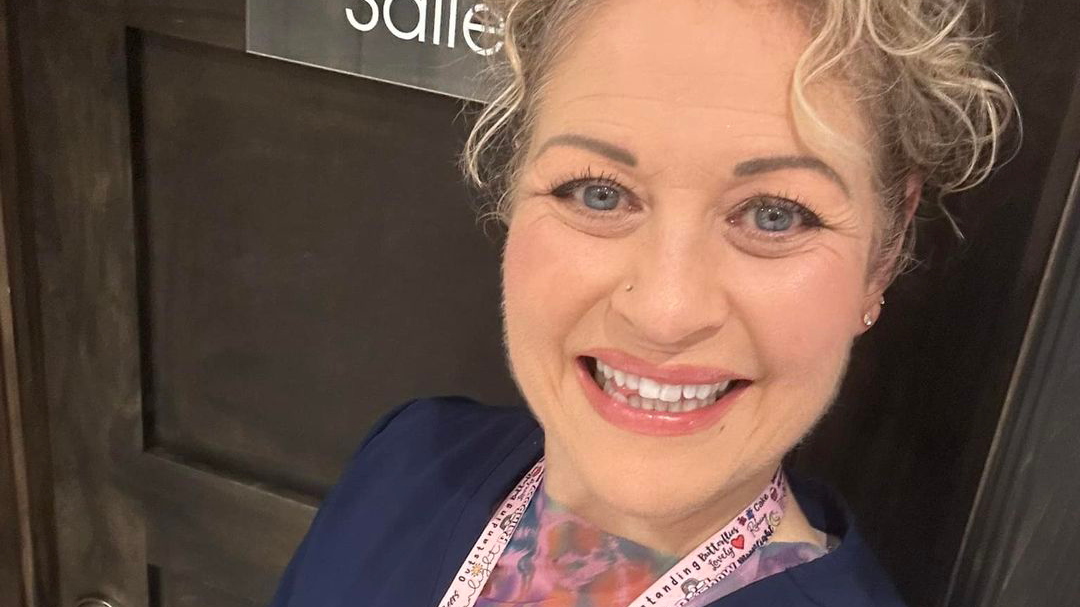If you want to talk to someone, take a chance and show up.
This was the first lesson my Indian colleague, Indian Express health reporter Kaunain Sheriff, taught me when I arrived in New Delhi last summer.
We were working together on ICIJ’s Implant Files investigation, a year-long probe into the medical devices industry. And my reporting on an important story out of India was running into brick walls.
Indian doctors painted a stark picture of the nation’s health system and told bleak stories of how the medical device industry operated in one of the world’s most populous countries: Rampant corruption and price mark-ups, medical device sales reps hovering around hospital administrators and surgeons, overseas trips and cars for doctors. Little accountability or regulatory oversight. No wonder books with titles such as “Heart Mafia” or “Healers or Predators?” abound.
My August trip to India was part of ICIJ’s story on the world’s largest medical device maker, Medtronic. The company operates in more than 160 countries around the world and produces a variety of life-saving medical devices, from pacemakers to neural stimulators that treat Parkinson’s disease. But in the past, the company has been accused by government agencies around the world of corrupt business practices. (Medtronic denies wrongdoing.)
So when I came across Healthy Heart for All, the initiative Medtronic launched in a small Indian town, I was eager to know more. According to a statement on its website, the company would provide heart devices and facilitate loans to patients who couldn’t afford the cost. Had Medtronic become a champion of patients’ rights?
India is one of the most promising markets for global healthcare companies with a population of 1.3 billion and an increasingly high number of patients suffering from heart diseases and diabetes. But information wasn’t always easy to come by. I could speak with numerous experts by phone from my Washington, D.C. office, but hospitals wouldn’t respond to my phone calls, let alone emails. So I flew to New Delhi, to join our partners at the Indian Express.
Sheriff and I headed east, from Delhi to Kolkata, then took a three-hour train ride to Durgapur, a steel town 100 miles to the northwest. On our first morning there a tuk-tuk took us to Mission Hospital, where the Healthy Heart for All program was launched in 2010.

A long line of yellow and green tuk-tuks were parked outside the hospital, sandwiched between the ambulances, across the street from food carts and small snack shops. The hospital is a modern building with guards standing by the entrance, ready to open the door to visitors and patients.

The first thing I noticed inside was an ad for Arogya Finance, a financing company that lends money to patients who can’t afford hospital fees and surgery costs. The name was familiar – Arogya, founded in Mumbai in 2014, was (and still is, according to its website) Medtronic’s financing partner in India.
Was the hospital still involved in the patient financing program with the American giant? I wondered.
I’d tried calling Mission Hospital from my desk in D.C. without success. But, true to Sheriff’s advice, hospital founder and cardiothoracic surgeon Dr. Satyajit Bose was happy to talk when we showed up at his door.

Still wearing his scrubs, Bose welcomed us in his office, decorated with photos of him holding hands with a former president and newspaper clips in English and Bengali describing the clinic’s success with patients from Bhutan and other countries.
Bose and a colleague founded Mission in 2008 with the idea of providing affordable healthcare to Indian patients who rarely have health insurance. In 2010, Medtronic executives’ proposal to launch the Healthy Heart program came at the right time: the hospital needed patients and the company could make it happen. Medtronic had the devices (pacemakers, implantable defibrillators and stents) and, through a third party, could provide the money for patients who needed loans to pay for the procedures.
Bose told us how the hospital organized medical camps in the suburbs and rural areas, provided free checkups and then directed those in need of medical attention to the hospital. At first a small organization called Matrika Foundation was in charge of disbursing the loans and vetting borrowers’ ability to pay back, according to marketing material obtained by ICIJ.
Could such initiative – as some experts questioned – lead to unnecessary surgeries in order to sell products and increase the number of implantees? We asked. Bose dismissed that risk, and said he tells patients to ask for a second opinion.
Still, Healthy Heart for All didn’t last long at his hospital and ended between 2013 and 2014, Bose said. Newspapers reported alleged corruption by Medtronic’s distributors. Regulators found companies like Medtronic and its competitors were importing some devices at a low price, then charged patients up to twelve times. (As a result, the Indian government capped the price of stents in 2017.)
“We must have our necks above water,” Bose said, referring to the need to have a constant number of paying patients. “But, at the same time, we don’t want to be perceived as predators,” he said. (If you want to know more about Medtronic and the Indian program you can read our story here.)

Naturally, our research couldn’t stop with one hospital. So I headed south, to Mumbai, where I continued to apply Sheriff’s lesson: if you want to talk to someone in India, take a chance and show up.
When I arrived at Shushrusha Heart Care, I found a more modest hospital than the one in Durgapur. (In a 2012 newspaper article I had read that Shushrusha, like Mission, briefly enrolled in the Healthy Heart program.) Workers were redoing the entrance and in the waiting room, a TV was broadcasting Indian pop music videos.
One of the first things I noticed was an ad on the wall that provided contact information of a medical camp coordinator. Was this hospital still partnering with Medtronic to recruit patients through medical camps? I wondered.

The hospital’s founder, Dr. Sanjay Tarlekar, told me that he was initially enthusiastic about Healthy Heart for All. But only a few dozen patients signed up. Rich patients would go to expensive private hospital chains that have mushroomed across the country. And low-incomes would rather choose public hospitals.
Tarlekar opted out of the program after he realized he was paying too much for some stents, he said. What upset him the most, he added, was that he couldn’t really help needy patients as expected.
It was a similar story to the one I’d heard at Mission Hospital in Durgapur.
I tried to contact other hospitals to ask about their experience with Healthy Heart for All but only one of them responded, saying the program had never actually taken off. Medtronic told ICIJ it phased it out in 2017 “due to changing dynamics of the healthcare sector and low visibility.”

I couldn’t leave Mumbai without visiting two other places: Medtronic’s former lending partner, Matrika Foundation, and a clinic called Healthy Heart for All. Both appeared to be near the airport, a perfect end to my trip.
So, on a typical monsoon season day, unpleasantly humid and cloudy, I took a cab for the Andheri business district. The car left me in front of a run-down beauty parlor in a narrow alley. I was confused.
Across the street was the lender’s registered office building. Not what you would expect from the financing partner of one of the world’s largest multinationals.

A man who looked like the superintendent was standing outside. I asked if he knew of a Mr. Kiran More (the name of the foundation’s trustee). He yelled: “Mooooore! There’s someone for you.” I followed him, and a young woman opened the door of what wasn’t an office, but her apartment. I explained who I was and that I wanted to know more about Matrika Foundation. Visibly surprised, she said that her home was just the foundation’s registered office, and kindly let me in.
It was a modest living room, with blue walls; the paint was peeling in some corners. From the metal grills outside the window, I could see the beauty parlor. The woman disappeared in another room to call the foundation’s trustee, her brother.
When she handed me the phone, Mr. More and I chatted for a while and then I asked: “Why did the company choose your organization and not a bigger lender?” He told me to ask Medtronic. (I did, but the company didn’t respond to that question.) We chatted some more and I left, walking towards what was supposed to be the Healthy Heart clinic, with my backpack and computer bag hanging from my shoulders.

I arrived at the corporate compound where the clinic was located, signed in and began looking for a sign saying “Healthy Heart for All.” My search took me to an impressive-looking office building, sheathed in glass windows.
Following the doorman’s directions I took the elevator to the fourth floor. When the doors opened and I raised my eyes, it took me a few seconds to realize I was in the wrong place.
Or perhaps I wasn’t.
In front of me was a receptionist in a bright room. On the wall behind her were the letters “MEDTRONIC.” It wasn’t a clinic, but the company’s India headquarters.
Without an appointment and not yet ready to confront Medtronic with our findings, I pushed the ground floor button and left.
I had begun to enjoy the lesson my Indian colleague had taught me – to just show up. But this time I’d inadvertently shown up at the wrong place. The story would eventually come together with months more reporting, but as I walked out of the building I was feeling disappointed.
I looked at the white sky. It had just started raining.








